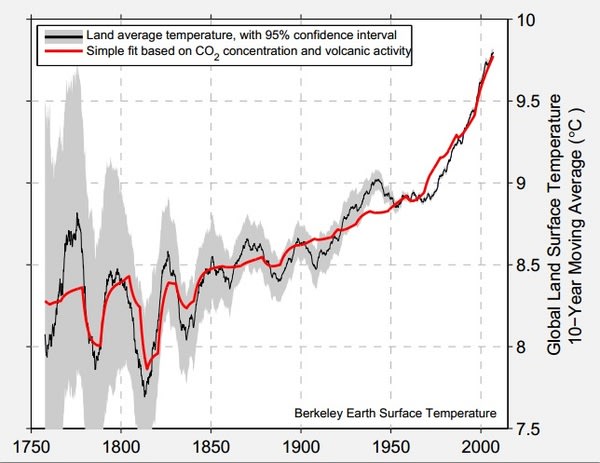trysail
Catch Me Who Can
- Joined
- Nov 8, 2005
- Posts
- 25,593
IPCC Lead Author Misleads US Congress
by Roger Pielke, Jr.
The politicization of climate science is so complete that the lead author of the IPCC's Working Group II on climate impacts feels comfortable presenting testimony to the US Congress that fundamentally misrepresents what the IPCC has concluded. I am referring to testimony given today by Christopher Field, a professor at Stanford, to the US Senate.
This is not a particularly nuanced or complex issue. What Field says the IPCC says is blantantly wrong, often 180 degrees wrong. It is one thing to disagree about scientific questions, but it is altogether different to fundamentally misrepresent an IPCC report to the US Congress. Below are five instances in which Field's testimony today completely and unambiguously misrepresented IPCC findings to the Senate.
1. On the economic costs of disasters:
Field: "As the US copes with the aftermath of last year’s record-breaking series of 14 billion-dollar climate-related disasters and this year’s massive wildfires and storms, it is critical to understand that the link between climate change and the kinds of extremes that lead to disasters is clear."
What the IPCC actually said: "There is medium evidence and high agreement that long-term trends in normalized losses have not been attributed to natural or anthropogenic climate change"
Field's assertion that the link between climate change and disasters "is clear," which he supported with reference to US "billion dollar" economic losses, is in reality scientifically unsupported by the IPCC. Period. (More on the NOAA billion-dollar disasters below.) There is good reason for this -- it is what the science says. Why fail to report to Congress the IPCC's most fundamental finding and indicate something quite the opposite?
more...
http://rogerpielkejr.blogspot.ca/2012/08/ipcc-lead-author-misleads-us-congress.html

